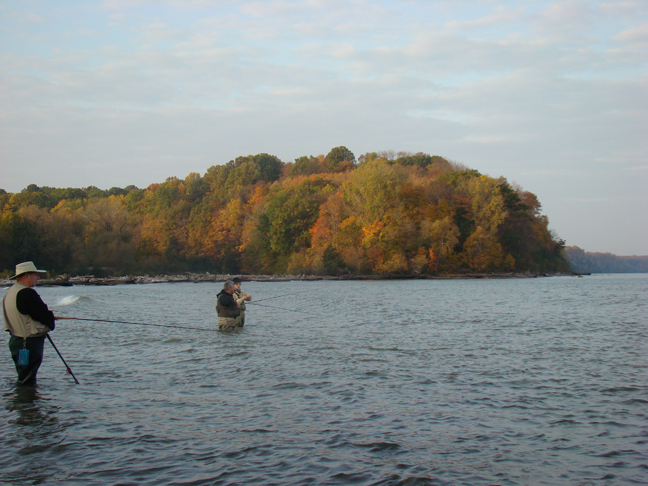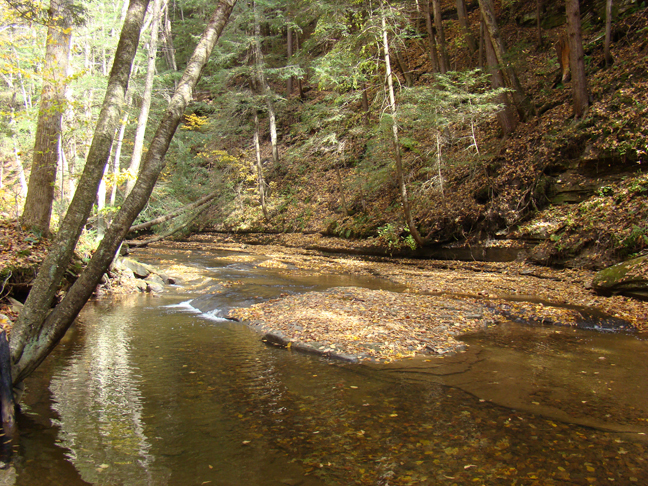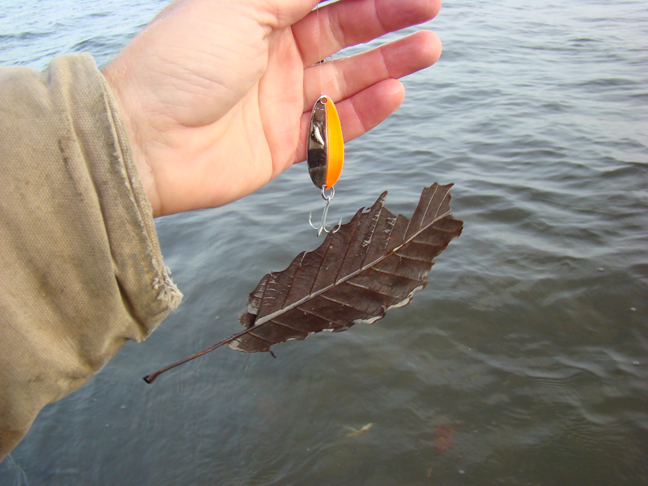Take It or Leaf It
By Andy Whitcomb
Oct 28, 2014
Over the years, I’ve had many “issues” disrupt fishing plans.
Over the years, I’ve had many “issues” disrupt fishing plans. Family issues, automotive issues, boat issues, weather issues, bait issues. Recently, even leaves have conspired against a wholesome, therapeutic fishing trip.
The fall colors here in Western Pennsylvania have been a spectacular show, but now along with monitoring the weather, I am watching for reports of the leaves that rain and wind may knock into the streams in large doses. Despite warnings, we recently took a steelhead trip and were greeted with leaves or remnants almost every cast thanks to Lake Erie waves churning up the leaves deposited near the mouth of a tributary for the last few weeks.
.jpg)
Floating on the surface of ponds and lakes, freshly fallen leaves can hinder casting but also give away fish locations with their movement. Sometimes I rig “leafless” (“weedless”) where the hook tip is buried in a soft plastic lure. By casting a light line over floating leaves, they also have served as stealthy bobbers when fishing with live bait.

In streams however, leaves seem to be just in the way of the angler. Floating leaves complicate fly presentations when fly fishing and partially decomposed fragments lurk near the bottom, grabbing onto spinner treble hooks and immediately negating any affective action.
But, the leaf issue is temporary and an important part of the nutrient cycle. Normally nutrient sparse streams flowing over shale, rock, and gravel now have leaves contributing to the productivity. Leaves decompose and are consumed by invertebrates, which eventually may be eaten by fish.

Or hooked by me. As I remove each leaf one by one.









